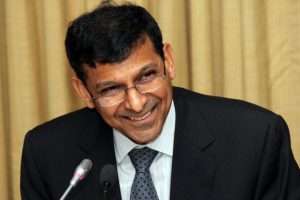The RBI decided to go on a pause mode on interest rates in its third bi-monthly monetary policy review. When viewed against the seemingly dovish phrases in the last policy statement, the current statement suggests that the RBI may not be in a hurry to cut rates to spur growth. Its focus, instead, remains with reaching the inflation-gliding path target of 6% by January 2016.
While Repo rates and CRR remained unchanged, the RBI chose to cut the statutory liquidity ratio (SLR) by 50 basis points to 22%. The proportion of SLR securities that are allowed to be held-to- maturity by banks have also been brought down by 50 basis points to 24% of a bank’s net demand and time liabilities (NDTL).
What the policy stance means
The SLR cut may be viewed as a means to prepare the grounds for the government’s fiscal consolidation targets and also allow banks to manage their balance sheet and their liquidity coverage ratios. We do not therefore see the SLR cut translate into any meaningful rate cuts by banks.

Also, we have not thus far seen banks increase their lending to industries as a result of SLR cuts. As of May 2014, credit deployment by banks to industries was 12.8% year on year, lower than the 15.3% seen a year ago. This suggests that while the SLR cuts provide room for banks to lend, banks would wait for deployment than act immediately.
The RBI’s cautious statements on the need to achieve the inflation target and its mention of pick up in industry demand (indicated by production activity) suggests that the RBI may not be in a hurry to cut rates even if it sees a dip in consumer inflation or a couple of months.
In other words, it now appears that the economy is not necessarily waiting for rate cuts to happen in order to grow. In fact, revival in demand sans any rate cut, could mean that any hurried rate cut could even spur inflation. The RBI, therefore, is clearly treading with caution.
Bond markets and impact for investors
The bond markets remained somewhat nervous post release of the policy statement. The 8.4% 2024 G-Sec yields rose 0.78%, perhaps sensing some hawkish tones. That said, rates are likely to remain in a range of 20-30 basis points from the current 8.55%.
The reduction in HTM was also not viewed too kindly by stock markets as banking stocks fell. Lower HTM would expose banks’ investments to the price vagaries (as they have to be marked to market).
For investors in debt funds, no change in their strategy towards their investments would be required at this juncture. It is noteworthy that yields of short-term medium term maturity instruments have already come off from a year ago. This has resulted in double digit gains in quite a few short-term debt funds as well as income funds over a 1-year period. A hold strategy would be ideal on these funds, if an investor’s requirement for funds is more than a year away.






